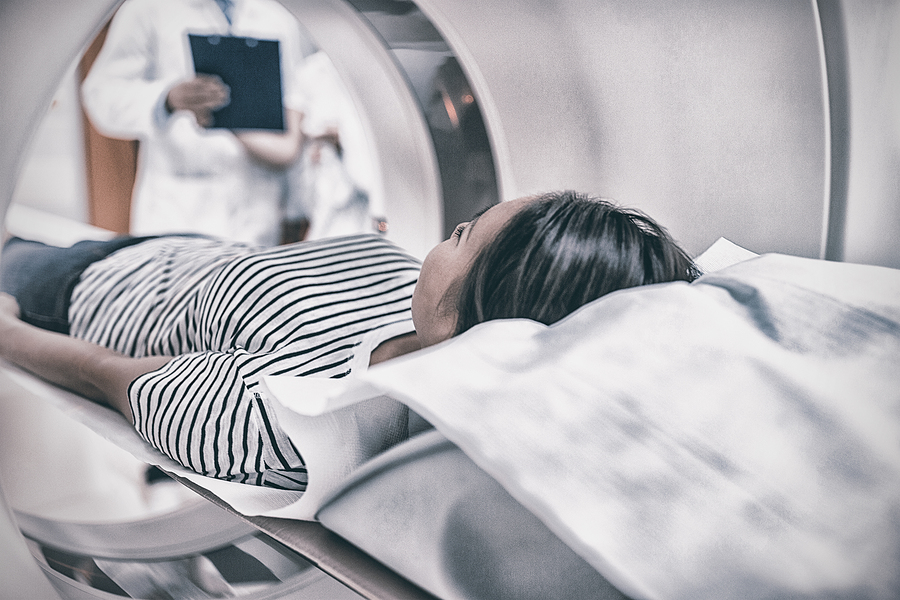While being told that might leave you feeling like you’re falling apart, your spine’s just showing signs of normal age-related change.
Degenerative changes happen over time. Granted, they’re not ones we’d fall over ourselves to have, but they also mightn’t be as bad as they sound.
Spinal degeneration is an umbrella term for a range of conditions, the most common being degenerative disc disease (which, despite the name, is not a disease), the development of osteophytes, and arthritis.
After age 40 most of us have some sort of spinal degeneration.
Degenerative disc disease (DDD)
Discs are like shock absorbers in the spine. When we’re young, they’re soft and jelly-like, but as we get older the jelly starts to dry out, and they get thinner and more fibrous.
Just when you thought the people who write imaging reports couldn’t be any less sensitive, they refer to this as ‘desiccation’. Sometimes, thanks to this desiccation, our discs develop tears or cracks.
Women are more likely to have it happen than men, maybe because of menopause, or because our vertebrae and discs are smaller to start with.
Anything that puts extra pressure on the spine, such as heavy repetitive work, might exacerbate it too.
Mostly DDD shows up in the neck (around C5 and C6) or in the lumbar area — i.e. the parts that carry the most load.
By the time we’re in our 60s, 70s and 80s, around 70 to 80 percent of us will have lost some disc height.
Osteophytes (or bone spurs)
This occurs when excess bone starts to grow around the spine. Again, it’s usually in the neck or lower back.
Osteophytes can occur in conjunction with arthritis, in response to pressure, or if the gap between two vertebra narrows because the disc has shrunk, the bones can start to join up.
If extra bone growth puts pressure on a nerve, we can experience tingling, numbness, weakness, or pain.
The other situation that can result in pressure against a nerve is a disc bulge or herniation — what we used to call a ‘slipped disc’.
This isn’t necessarily age-related. It can happen if, say, we try to lift something too heavy, or we lift badly and put excess strain through the spine, or if we’re carrying too much weight around the middle.
This causes the jelly-like centre to push out of the disc. It’s more common in people under 50 because when we’re older our discs are more, well, desiccated.
Arthritis
Again, arthritis most often shows up in the neck and lower back, and after about age 60, it’s common. Like arthritis anywhere else, it can make us stiff, creaky, and sore.
There are other spinal conditions, but these are the ones we mostly get to share in. Often, we’ll have them without knowing, and it’s only if they cause us grief that we need to act.
Notwithstanding that spinal degeneration has every one of us in its sights, there are things we can do to manage it. Top of the list is keeping mobile and having a strong back and abdominal area to stabilise the spine.
It also makes sense to avoid obesity, be mindful of good posture, and learn to lift and bend properly so we’re not putting additional stress on the vertebrae and discs.
Exercise is often the first line of treatment, but if that’s not sufficient, others can include steroid injections or surgery, for example to remove bony growth.
Finally, try not to be disheartened by the talk about degeneration. Those radiologists can be unkind. The best we can hope for is that they’ll describe our body bits as ‘unremarkable’.
Photo Source: Bigstock

